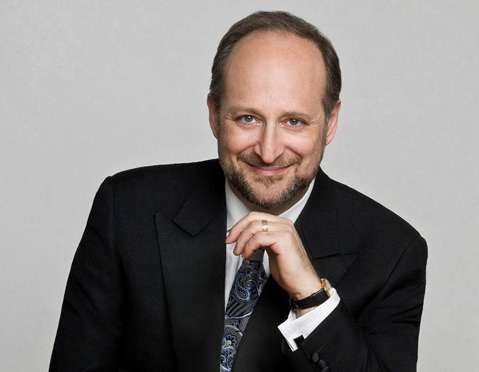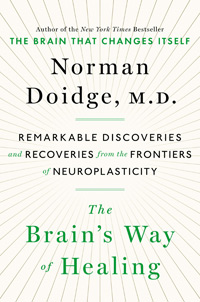Books: The Brain’s Way of Healing
Dr. Norman Doidge Discusses Recent Discoveries in Neuroplasticity

Canadian-born psychiatrist Dr. Norman Doidge has done extensive research in the field of neuroscience, as it relates to psychotherapy, and in the area of neuroplasticity. It is the latter area that informs his most recent book, The Brain’s Way of Healing, which is a follow-up to the best-selling The Brain That Changes Itself (2007). Doidge recently spoke to The S.B. Independent from his home in Toronto.
What is the central theme of The Brain’s Way of Healing? The main focus of my book is that for many decades, “healing” and “brain” were not used in the same sentence. That was because the mainstream view was that the brain is fixed and unchangeable and that healing involves some re-circuitry. But in this book, I argue that contrary to the idea that because the brain has evolved to be so specialized, the ability to use replacement parts has been sacrificed. But this very complexity provides for a way of healing, because brain circuitry can form and reform very rapidly.

One of the neurological conditions you write about is autism. What sort of work has been done in this field using brain plasticity as a basis for therapy? Walking into a room, what we hear is a booming confusion of sound. But most of us can then hone into human speech, as opposed to just noise, and then into a specific conversation. For many children with autism, however, their “auditory zoom” doesn’t function well. Work using tones has shown that a child with autism may slowly develop the ability to hone in on human speech. These techniques are not for all children, but some loopholes are opening. We’ve been told that autism is genetic, and you have to live with it, but it turns out to be much more complicated than that.
Is it fair to say that your book offers hope to people with neurological disorders? It’s hopeful compared to the doctrine of the unchanging brain. Most physicians over, say, 35, were trained in an era when it was believed that the brain is fixed and there’s nothing you can do about these diseases. When I’m dealing with a patient, I don’t say, “Let’s do this, and it’ll work.” I say here’s the reasoning behind it.
Who would put these therapies into practice? Anybody who is involved in any kind of intervention that activates the brain. Any person with a condition that involves the brain in a significant way must benefit to some degree from these recent discoveries of plasticity.
How available are the treatments that you review? Listening interventions, as I describe in the book, are available. There’s a company called iLs — Integrated Listening Systems — in Toronto. It’s always best, though, to do these things with a clinician, someone who’s a professional. The U.S. Army is now looking into an experimental therapy that uses electrical stimulation to create new neural pathways in cases of traumatic brain injury.
4∙1∙1
Dr. Doidge will speak on February 2, 8 p.m., at Campbell Hall as part of UCSB Arts & Lectures. Call 893-3535 or see artsandlectures.sa.ucsb.edu.



